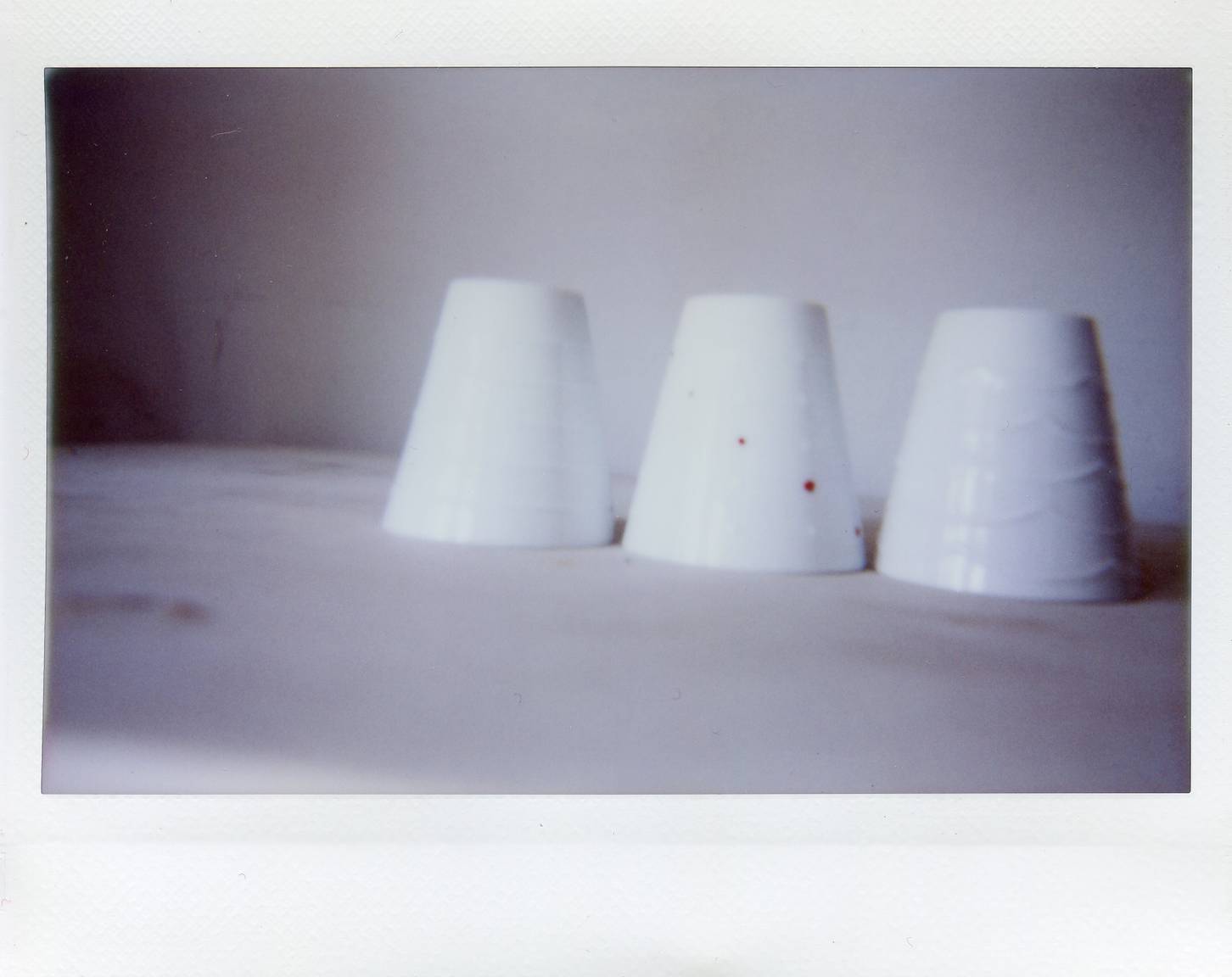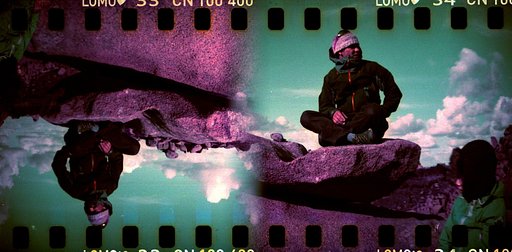Emovere : Sandra Fastré From Hans Lucas Studio and the Lomo'Instant Wide
7 Share TweetSandra Fastré is a French photographer based in Toulouse, south of France. She’s a member of the studio Hans Lucas and Vice-President of FreeLens an association promoting photography and new image practices for all audiences. With an eye imbued with sweetness and sensitivity, Sandra Fastré observes the intimate and cares about the human. This is the vision she shares with us through our Lomo'Instant Wide. Here is her series entitled Emovere.

Hello Sandra, could you please introduce yourself to the Lomographers?
Hello! My career is atypical since I am self-taught. I am highly curious, eager to learn and discover new things. I attended to the events proposed by the actors of the photographic milieu in Toulouse. Over time, I built my network, and I have always been in contact with caring photographers. Some of them gave me great gifts including a Holga, a Lubitel and a Polaroid 215. I’m using them since 2010.
I started with technical experiments on landscapes and in the streets. Gradually, I developed my skills by attending annual courses offered by the photography workshop of the Espace Saint Cyprien in Toulouse. My work took shape around two major themes: social documentary and creative photography.
I live in Toulouse region and I regularly move to Paris.
How did you get started with photography?
I started in 2008 and made my first collective exhibition in 2009. I would say that I started in the professional field in 2010 by getting involved in a recognized public-interest organization FreeLens for a public utility photography which works to support photographers and professionals of still and animated image.
Back from a trip in New York City in 2015, I joined a creative studio called Hans Lucas. It is a collaborative platform that currently lists about 300 photographers based in France, Europe and abroad).
Today I am becoming more and more professional. Some pictures from my work are published in the press : La Vie Hebdo, Libération, l’Express and the photographic film "Naya" was broadcasted by Médiapart.
I am interested in still image as much as in animated image like the “Petites Œuvres Multimédias“.
Do you think that your studies in psychology influenced your work?
Yes, everything is connected. Because of my first job when I practiced for nearly 10 years in Ergonomics and Social Psychology I am attracted to specific topics in this field. This allows me to better understand the functioning of the human being, and our society.
The Ergonomist / Psychologist provides very often keys to understand our dysfunctions and problems that affects your work life. Once the source of the problem was identified, the therapist can help resolving or reducing the identified dysfunctions. It shares and uses tools to support the company in the process of change. It's a little bit what I do in my photographic practice. I try to develop a visual project to better understand every personal story. I use photography to suggest ways of thinking and to understand the complexity of our society.
You talked about the concept of tension in your work “Emovere”. Is it something you find in photography?
I think these two things should be distinguished. The subject I have been working on for almost six years deals with the psyche. There is no question of tension in the way I work.
The subject offers an outlook of the mind when the human being confronts a moral, religious, political, social, collective, family, etc. values. The inner discomfort that it is going to experience can be concretized by guilt, the refusal to consider differently the values that it thought common to all, well established and strong. Since the human being does not like to be in discord with himself, it will seek solutions to minimize this psychological discomfort. "Emovere" convey these feelings, this discord, and the things he will try to hang to, in order to recover a mental harmony. I imagine this series as a part of my series « l’écorché ».
I try to make tangible a sensible world of the invisible by the visible. I propose the image as a support for understanding our world, in the continuity of the work of Anni Leppälä. However, this photographer is not my only source of inspiration, since I also rely on my knowledge of painting to think my images and build a story. Usually, I make 3 to 4 different images and choose the one that will transcribe the best the subject I want to share. It is not about tension but finding the right balance where the image is justified and relevant.
What did you think of the Lomo’Instant Wide ?
The different lenses allow greater freedom for shooting. Being able to decide whether or not to use the flash is very pleasant. I particularly liked it because I work mainly in natural light. It is possible to use it in many contexts: in low light, indoors, in broad daylight, in full sunlight. I also liked the remote lens cap.
What inspires you?
I would say everything. In addition to the photographic work of other authors and exhibitions, I also read a lot. I just finished "Devant le temps" by Georges Didi-Huberman. Then I will read "L’art comme malentendu" by Michel Thévoz and "Du temps dans la photographie" by Arnaud Claass. I also read poetry, like Paul Eluard's "Capitale de la douleur" and "L’amour de la poésie".
I follow my friends and acquaintances on all the social networks (Instagram, Facebook, Twitter and from time to time Linkedin) about photographic subjects.
Every morning between 7:30 am and 8:30 am, I do my little web press review: news in the national and international press, exhibitions to see or to come, new editions to appear and published, new topics in photography magazines, web magazines like platform, mowwgli, In Frame, the Jeu de Paume magazine etc, photography prize winners, theoretical, sociological or more personal articles written by my network, the newsletters I get every day.
What are your next plans?
Make a new opus to "l’écorché" and "Emovere". I think I still have 1 year of work.
Finish a more personal topic started in 2016 in Black and White : a photographic film with an old camera.
Continue to do social reports and documentaries for the press.
Prepare my next exhibitions in 2018 and other actions according to the proposals I will have.
I have a lot to do !!!!
To conclude, I want to thank the @lomographyfrance team for the confidence they gave me, their responsiveness and their kindness! I hope we will work together again because it was a real pleasure to work with you!
For more photos, visit Sandra Fastre’s website and her Instagram.
2018-03-15 #Menschen





























Keine Kommentare